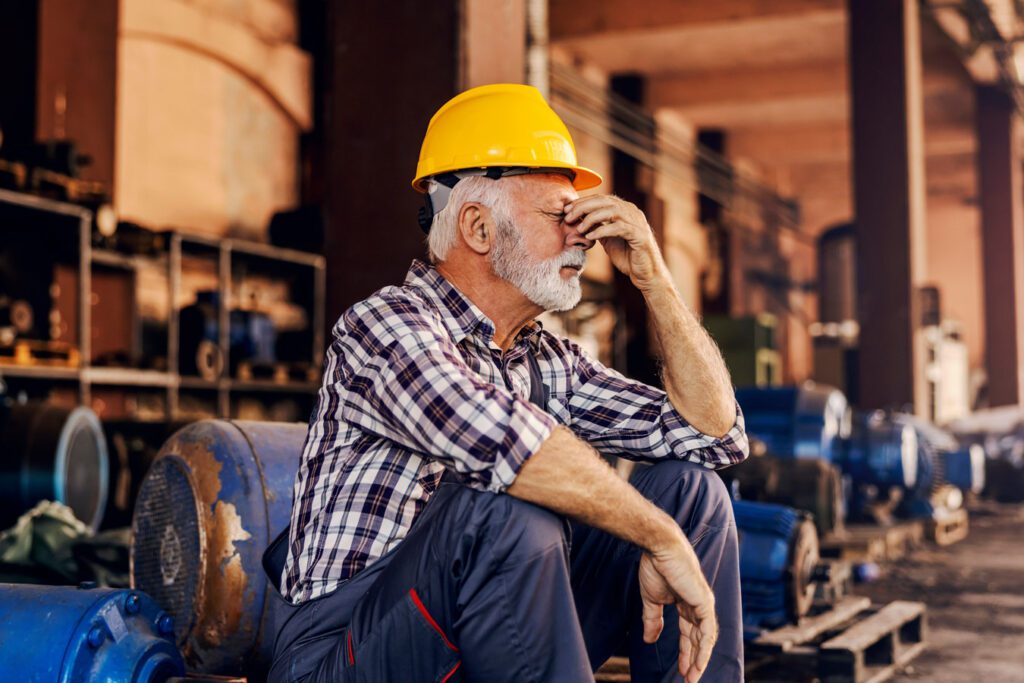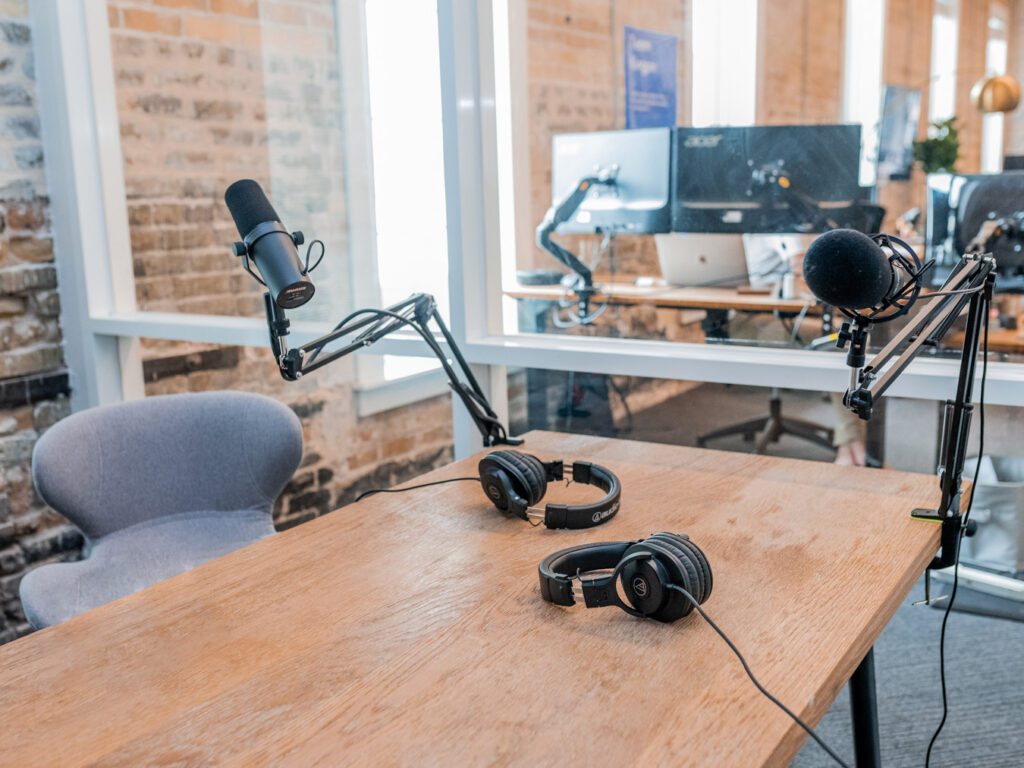Blog
5 Bone Health Tips That Could Save Your Life
- Derek Hawn
- March 1, 2015
- 2:43 pm
- No Comments
- 3 minutes
According to research collected by the American Academy of Family Physicians (AAFP), when an elderly person is hospitalized due to a fall, their hospital stay is almost twice as long than in cases when an elderly patient is admitted for another reason.
A fall for an elderly loved one not only puts them at risk for experiencing longer hospital stays but also decreased independence, fall-related injuries such as broken bones and possibly death.
In the aforementioned study, the AAFP found that 50 percent of older patients who survive hip fractures are discharged to a nursing home, and nearly one half of these patients are still in a nursing home one year later.
These elderly hip fracture survivors experience a 10-15 percent decrease in life expectancy and a decline in overall quality of life, according to the AAFP.
This week we wrap up our series on the top physical factors that affect one’s likelihood of experiencing a fall. Throughout this series we have discussed how hearing, eyesight and foot health is related to one’s risk of falling. This week we will cover the final topic of: bone health.
Maintaining healthy bones is not only important to reduce one’s likelihood of a fall but it is also a great way to minimize the chance of experiencing an injury due to a fall.
Much like the bodily factors or hearing and eyesight, the loss of bone health is simply a matter of aging. Everyone experiences it. Some doctors even suggest that bone strength and density deterioration starts as early as the age of 25.
This loss of bone strength and density is often referred to as Osteoporosis. It is estimated that currently there are 10 million Americans suffering from this disease, and another 34 million have experienced reduced bone mass.
Without intervention and good bone health practices, Osteoporosis can deteriorate one’s bones so much that simply bending over and coughing could cause a fracture. Considering this, it is easy to see how poor bone health can lead to a fall, fall-related injury, or even death.
The following are great ways to increase you or your elderly loved ones bone health and may even save your life someday:
- Eat foods rich in Calcium and Vitamin D- The average daily recommended for adults aged 51-70 is 1100 mg of Calcium per day and 600 International Units (IU) of Vitamin D each day.
- Exercise on a regular basis- Walking, hiking, jogging, climbing stairs, dancing, and lifting weights are all great ways to increase muscle and bone strength.
- Reduce the amount of smoking and alcoholic drinking- Cigarettes and alcohol can both cause bone loss.
- Be aware of the side effects of your medicine- Some medicines can increase your risk of Osteoporosis.
- Have a Bone Mineral Density test
While maintaining the health and integrity of one’s bones is an important factor in reducing the risk of a fall, it is also important to have precautionary measures in place like SmartCells fall protection mats and flooring.
To date, there have been no recorded fractures as a result of a fall on a SmartCells fall protection product.
SmartCells fall protection mats and flooring employ a unique dual-stiffness technology that provides a stable, safe surface for standing, walking, wheeling and transferring, while at the same time provide significant cushioning in case of a slip or fall.
SmartCells fall-protection mats are safe and elegant. They combine style and quality with molded-in beveled edges and allow wheeled objects to easily roll over them.
SmartCells fall protection mats are constructed of material that will not absorb liquid offering a practical solution to infection control issues. SmartCells fall-protection flooring acts as an underlayment for many choices of standard floor covering, so you won’t even know it’s there, until a fall occurs.
SmartCells Fall Protection: We’ll be there when you can’t be.
Your Guide to a Successful Spring Garden
SmartCells Fall Protection: Take A Stand Against Falls
Boost Your Bottom Line with SmartCells by Helping Workers in Pain
Body Weight Exercise & the 7 Reasons You Should Ditch the Gym
10 Wild Mother’s Day Facts
The SmartCells Solution to the Summer Slowdown
SmartCells: The Secret to Keeping Retail Employees Safe and Productive
Beware: Not All Fall Protection Products Are Equal
Prevent Volleyball Injuries and Practice Longer with SmartCells
Podcast: When it Comes to Floors, is Softer Really Better?
Let us help you find the right solution
Not sure where to start? Our customer service and sales representatives – who are just as knowledgeable about the product as the scientists who created it – would be happy to help you understand more.




